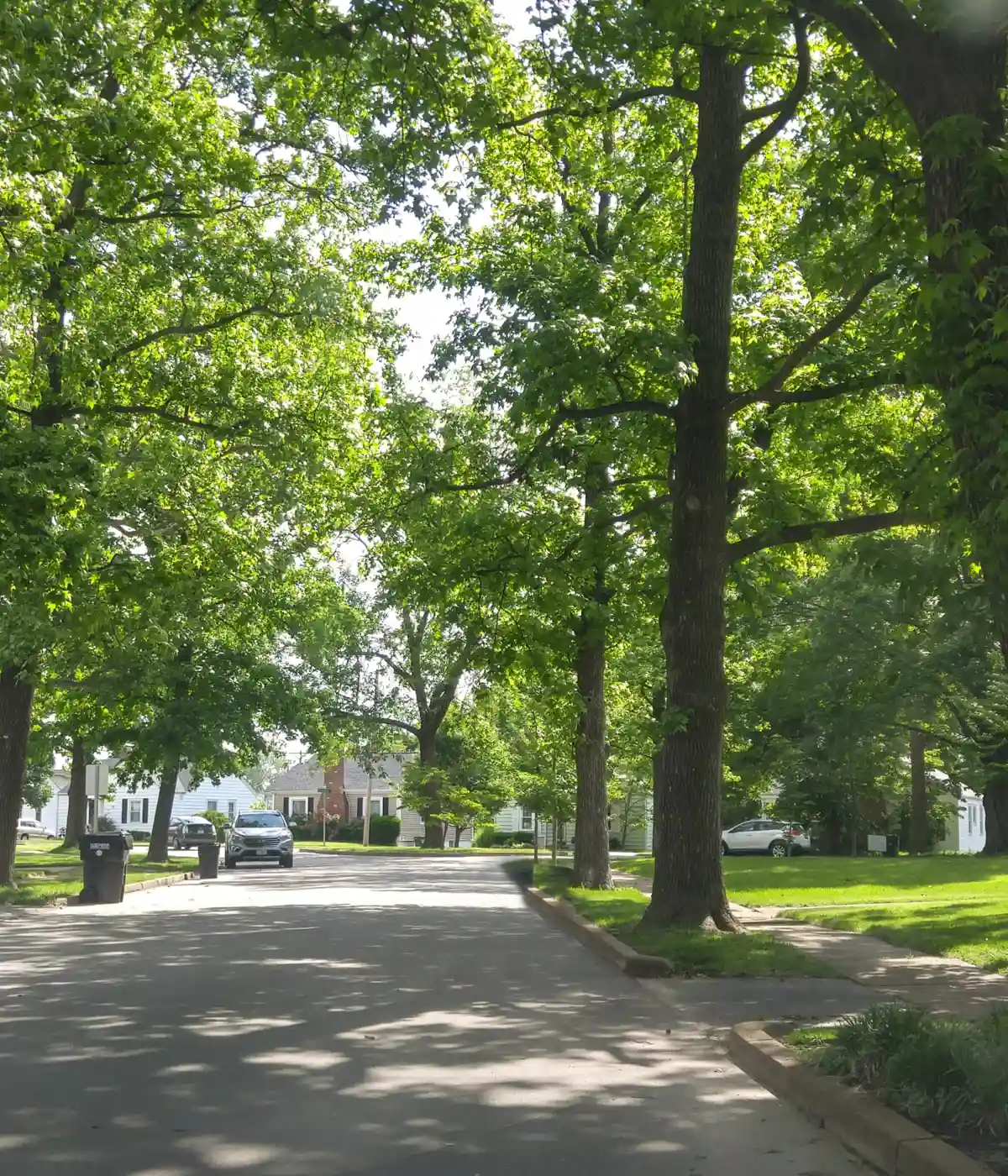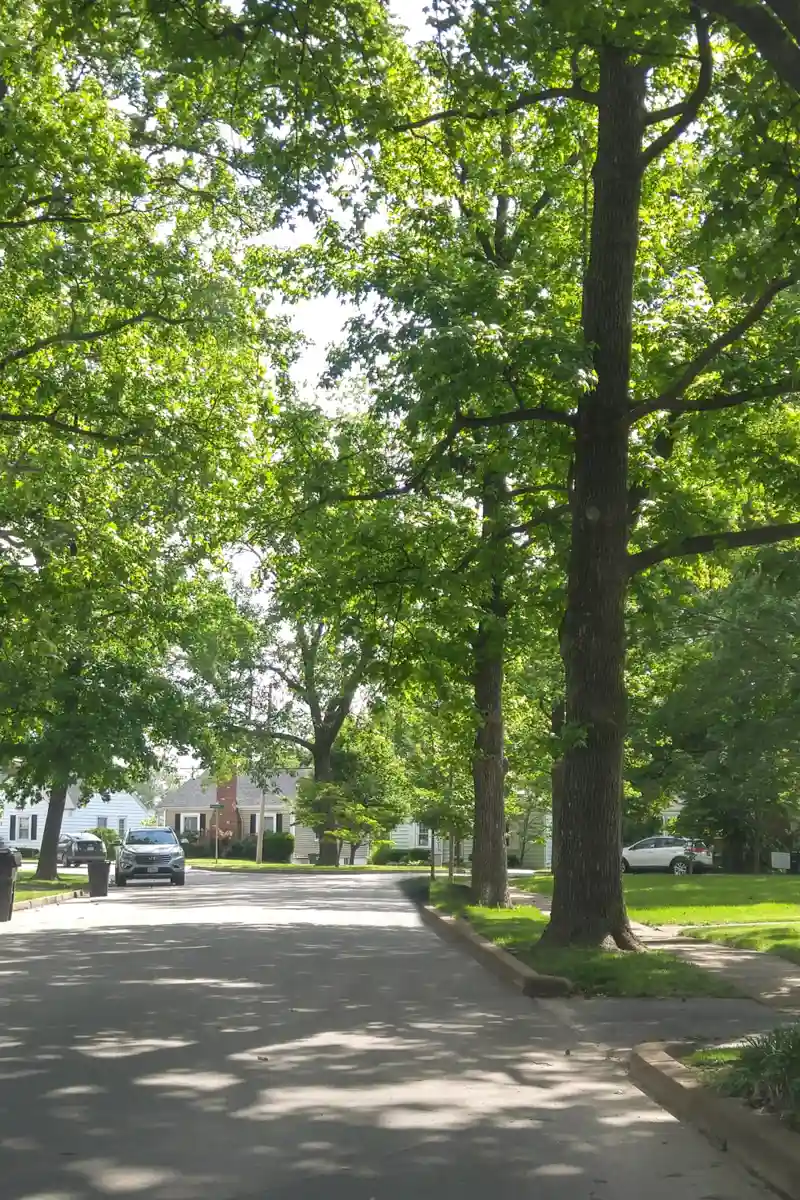There's nothing worse than walking out the front door, confidently bundled up in a warm coat, hat, scarf, and gloves only to take that first certain step and have the ice lurking beneath the snow make you do a slipping, sliding dance where your legs brace in a slight squat position and your arms flail out trying to help keep yourself balanced and upright.
Absolutely no one looks cool doing the ice dance.
When ice coats trees in thick crystal layers, forming perfect icicles that clink together, making pretty music in the wind, it can be a beautiful sight (and sound). That is until evergreens start to double over and deciduous tree branches hang heavy as if weeping.
How Can You Help Prevent Ice Damage To Trees?
Proper pruning is one way. Particularly important is the removal of weak, narrow-angled, shaped branch attachments, according to the North Carolina State University Extension.
Trees that tend to suffer the worst damage as a result of snow and ice are multiple leads, upright evergreens like arborvitae and juniper, and clump trees like birch, per the University of Minnesota Extension's research. On these trees, locating and pruning weak-jointed branches before they become a problem is important. And, when it comes to ice, age does not make a tree stronger; younger trees actually tend to survive better in ice storms.
Shaking Branches Can Cause More Harm Than Good
When you find your trees are bending or drooping as a result of ice and snow accumulation, your first instinct is probably to shake the branches and free them of the winter burden. We recommend NOT doing that, unless the snow is very dry and fluffy. Branches coated in ice can become quite brittle - shaking them can cause damage or breakage. Also, since trees are flexible, suddenly knocking the ice weight off may cause branches to snap back, potentially damaging the tree.
If after a severe ice storm, you notice some limb breakage, properly prune the damaged area as soon as the weather allows. In the case of undamaged limbs bending under the weight of ice or snow, don't prune as a means of correcting the situation; the limbs should return naturally as the weather conditions change.
What Else Can You Do?
Aside from pruning, if you live in an area where ice storms are common, such as the "transition zone" states of Oklahoma, Missouri, Texas, Tennessee, Kentucky, North Carolina, Virginia, and West Virginia, main branches of larger trees like birch and hemlock could be cabled.
As with any severe weather condition, common sense should prevail. Avoid parking or walking under branches weighed down by snow or ice for safety reasons. And if you notice broken branches entangled in power lines, notify your utility company immediately.
If you feel like you want to do something more to help your trees when you see them bowing under the pressure of their winter guests; focus on removing the ice from your driveway and walkways instead. That way, you can more safely - and with less resulting embarrassment - navigate your property inspecting your trees and admiring the winter wonderland!





